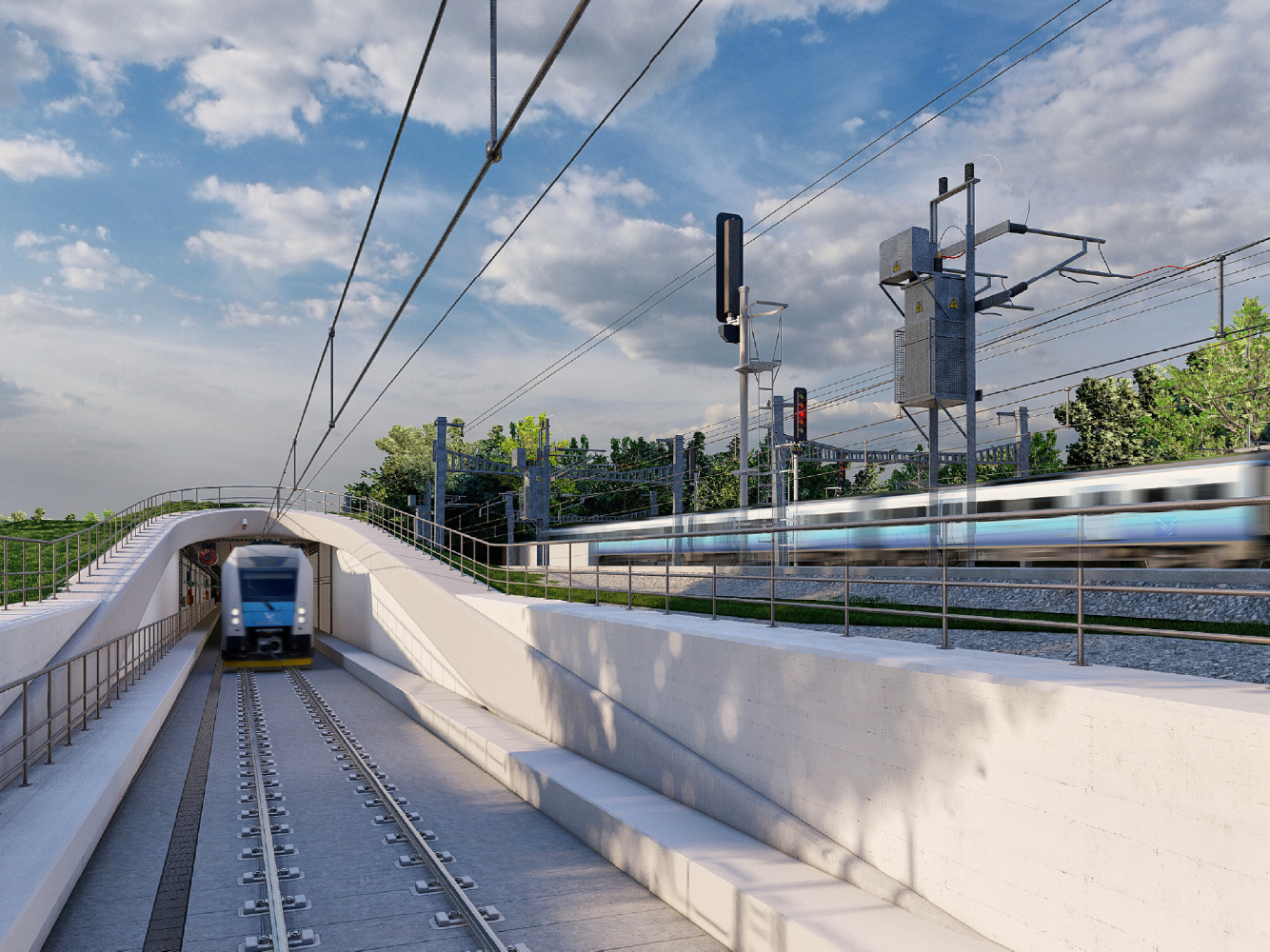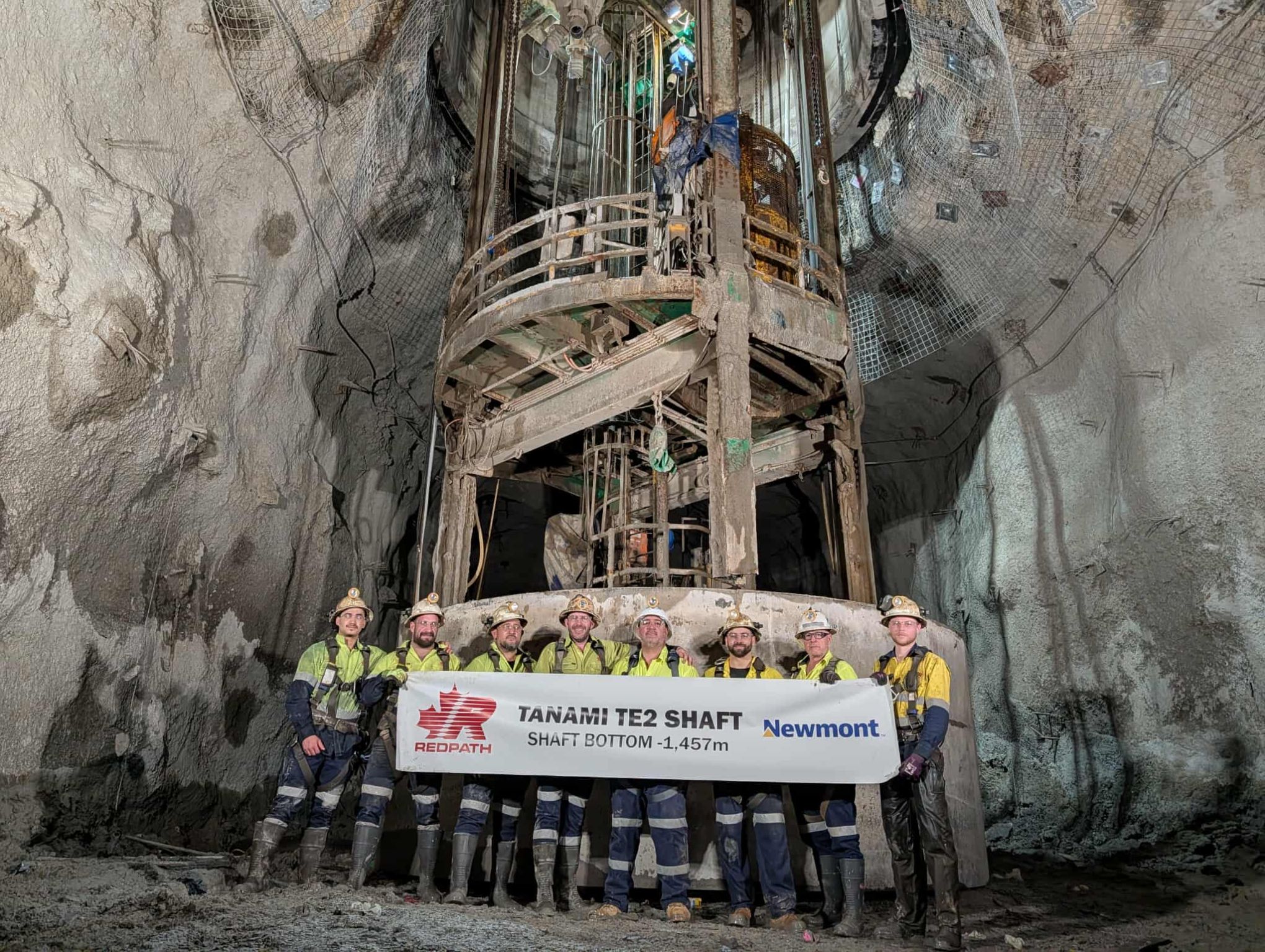
Sixty-five kilometres south of Örebro, in sparsely populated forest land, lies one of Sweden’s oldest mining operations. For 152 years, Zinkgruvan has extracted zinc, lead and silver from this central Swedish location. These days, the business is 100 per cent owned by the Canadian company Lundin Mining, which controls mining operations in a number of European countries as well as a partnership in the Democratic Republic of Congo.
Although Zinkgruvan has the distinction of being one of the largest underground base metal mines in Sweden, by world standards, it’s not particularly significant. But last year, its 300-strong workforce produced 71,000 tonnes of zinc metal and another 36,000 tonnes of lead metal (both as equivalent in concentrate), plus lesser amounts of silver, collectively worth over $110 million—hence making Zinkgruvan a major player in the supply of two important metals.
From around the 10th century BC, long before it was ever isolated as a separate element, zinc was important in the production of brass. These days, its greatest use is in electroplated corrosion-resistant coatings, although there are countless alternative niche uses, from batteries to anti-dandruff shampoo.
One of the two shafts descends 900 metres and a series of ramps and drifts can take men and machinery down to 1,125 metres. The mining process is to drill and blast the rock loose andgive it some degree of reduction underground before trucking it in a 20-tonne skip to the shaft, which is presently the only way in which men, waste and materials can get in or out.
“The concentrate process is quite standard,” explains managing director Sam Rasmussen. “We mine the zinc, lead and silver bearing ore and then put it through a process of milling, flotation and filtration to arrive at two damp concentrates, zinc and lead, which is what we sell to our smelter customers. The plant is essentially still the same as was installed in 1976, when operations were modernised. But the equipment is of high quality and is regularly maintained to keep it in top working order.”
As with all mining operations, waste is a matter of reality but Sweden’s long history of mining both accepts the inevitability of tailings ponds, for example, while imposing strict controls over their management. “We don’t see these as impositions,” says Rasmussen. “The company is happy to shoulder its responsibilities. The new plant, for example, has been designed with noise and dust suppression measures to minimise impact on the nearby villages.”
This is not altruism but sound commercial sense. Rasmussen—a relative newcomer to Zinkgruvan—is quick to give credit to the workforce, many of whom are fifth generation workers at the plant and residents of the village. “There is an amazing work ethic here and tremendous loyalty to the company. It’s their skill and dedication which keeps the plant running as productively as it does and they deserve that we act as responsibly as we do.”
The results of the partnership can be seen clearly in the balance sheet. Despite lower quality ore, an operational bottleneck centring on the single hoist shaft and 30-year-old technology in the processing plant, operating costs at Zinkgruvan are in the bottom quartile, as measured worldwide by zinc and lead producers. In fact, a stroke of serendipity is just about to make the already good prospects at Zinkgruvan a whole lot rosier.
When exploring potential veins, geologists are required to go through three phases of proof: possibility, probability and proven resources. For 30 years, geologists at Zinkgruvan have been aware of the presence of copper. The odd nugget or even veinlette was often noted but routinely ignored, not only due to its irregularity but also because the focus was well and truly on zinc and lead. Stage one—possibility.
However, 10 years ago, geologists started joining up the dots and soon, a picture of copper bearing lodes began to emerge—probability.
Finally, a more intense programme totalling 100 test holes has proved the presence of copper in sufficient quantities to warrant $40 million being raised and invested in a completely new and dedicated extraction and concentration plant. “Estimates indicate that there is about seven to 10 years worth of ore,” says Rasmussen, “which should generate about 7,000 tonnes of copper metal (equivalent in concentrate) per year.”
To support the local economy as much as practical, Zinkgruvan receives many of the services and some of the equipment from regional businesses. This is a welcome boost and another example of the long-term commitment the mining operation provides.
While having a fourth income stream is highly desirable in its own right, the real beauty of the find is how it will impact on the original zinc and lead operations. A 5.5 kilometre long daylight ramp is being constructed in conjunction with the copper project; so, for the first time in the mine’s history, men and machinery will get underground by trucks down a gentle gradient rather than vertically in a cage.
“The significance of this is enormous,” says Rasmussen. “Currently, the shaft is tied up for half the day moving everything except ore. As such, we are restricted on the amount we can extract. When the ramp project is complete in December 2010, at a stroke we can dedicate the shaft nearly completely to ore and increase our hoisting capacity to include the additional copper ore. At the same time, overheads will be spread wider, thereby lowering our overall operating costs.”
Good news then for investors and for the workforce, who will no doubt be keen to continue demonstrating their loyalty for generations to come.
Editorial research by Daniel Finn













